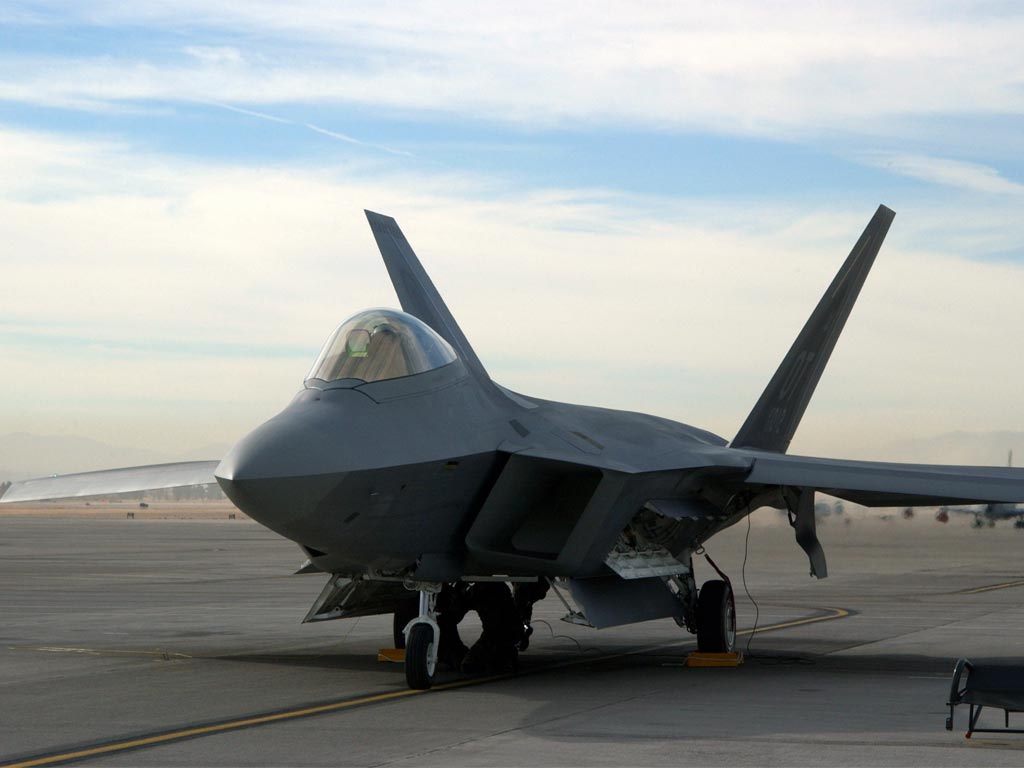

The F-22’s central integrated processor (CIP) offers the equivalent of 2 Cray supercomputers, used for “sensor fusion” that aims to put all of the information the plane is gathering into one simple display. Right now, fighters have multiple sensors and information-sharing links, shown on multiple displays that often require button pressing to switch back and forth.

Key advantages include:Įmbedded Sensors + Sensor Fusion: The goal is to have the pilot focus on dealing with the enemy, rather than dealing with the aircraft. Advocates contend that the F-22’s combination of stealth, vectored thrust, range, advanced surveillance electronics with potential electronic warfare applications, and sustained supersonic flight (aka “supercruise”) arguably place it in a class by itself among the world’s combat aircraft. That hasn’t happened with the F-22, even when paired against the USA’s most advanced current fighters. During the 1970s and 1980s, for instance, F-15s matched up against far less sophisticated F-5s generally had kill ratios of about 8:1, which dropped close to parity when greatly outnumbered. While it’s always wise to take such figures with a grain of salt until one has reviewed the exercise setup and conditions in full, the raw number is impressive. The Raptor had a long development history, and been the focus of controversy, cost concerns, Congressional cutbacks, and some lessons learned.Īt the same time, the Raptor has done extremely well in exercises against F-15s, with reported kill ratios of up to 108:0 during Exercise Northern Edge 2006.


 0 kommentar(er)
0 kommentar(er)
